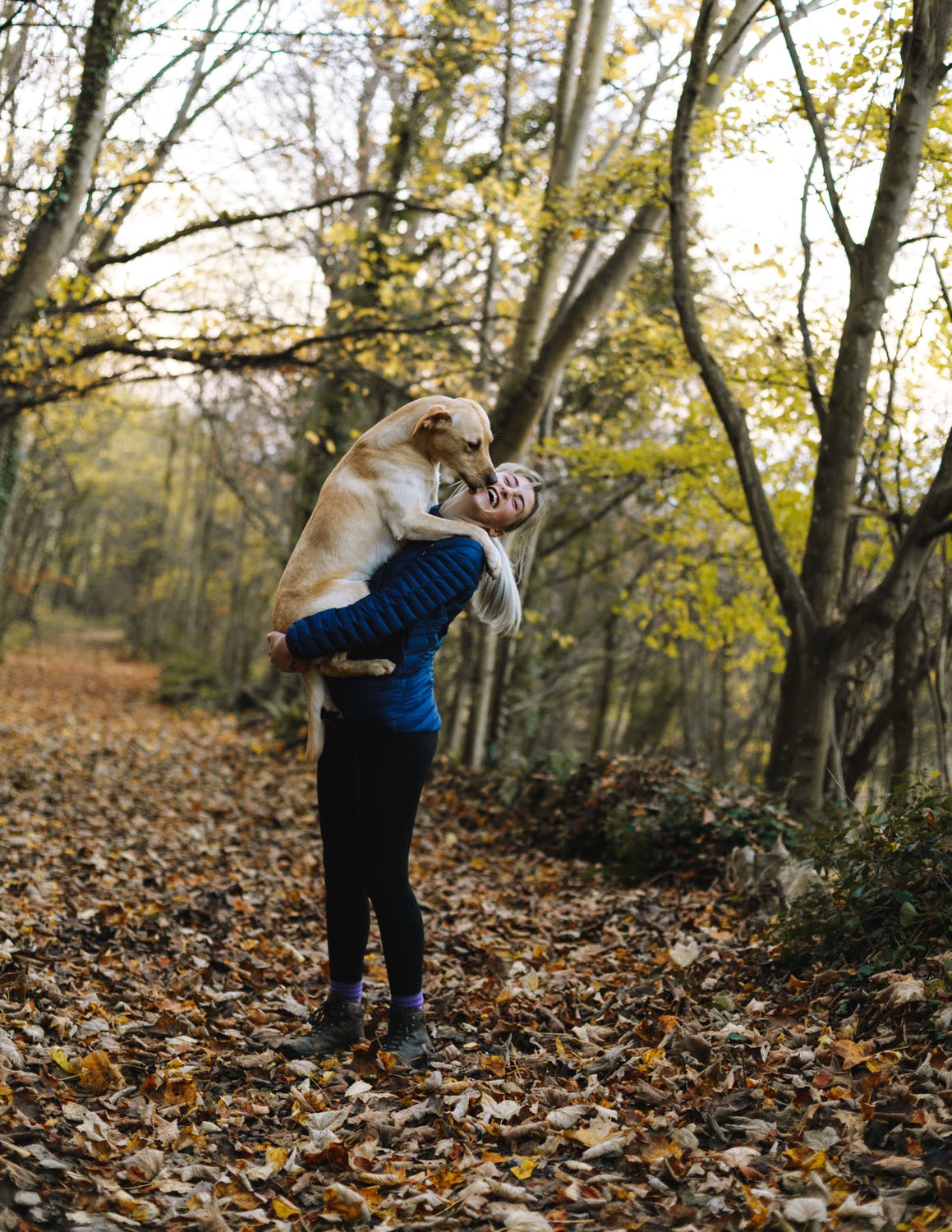Canine Trade Group’s Decisions NOT Dominance Training Protocol
By John Van Olden
There is a widespread misconception that there are only two ways to train a dog – either all-positive “treat training” or dominance-based “punishment” training. This is a view that is held by many professionals in the pet industry, including some dog trainers. However, this black-and-white view of dog training could not be more inaccurate. I’d like to explain a bit about these two ways of training a dog and, along the way, familiarize you with our preferred training protocol: decision-based dog training, or “Decisions Not Dominance”.
Let me be very clear: Dog training is NOT black and white like this! Just because the methods that a trainer uses would not be considered “all positive” (Including head halters, no pull harnesses) and don’t necessarily rely on “treat training” does not mean that the methods involve harsh techniques, “Being the alpha”, or “forcing the dog to submit.”

Throughout my career I’ve relied primarily on professional referral to find clients, and in doing so, I’ve maintained relationships with countless dog professionals including veterinarians, vet techs, groomers, and dog walkers. While I was a full-time dog trainer, I would often make presentations to these professionals to share my decision-based approach to training and explain how it can benefit their clients, their staff, and their business. Even now, as president of the largest organization of dog training professionals in the world, I still give these presentations several times a month.
What is Consequence?
Many trainers who understand the necessity of consequences learn how to administer a consequence using a particular tool, then proceed to train every dog using this same tool. This is especially common among trainers who utilize the e-collar (which is not a tool we typically use, simply because it’s so often misunderstood and misused). I cannot possibly say that any training method that avoids consequences is a fair way to train a dog, but at the same time, I cannot say that using the same tool to train every single dog is fair, either. Every dog is different!
I would argue that a fair consequence is just enough to make the dog want to avoid a particular behavior, but no more. To give more is unfair, but to give less is equally unfair because you’ll constantly be punishing and developing a contentious relationship with your dog. Moreover, it’s also unfair to stop the process at administering a consequence. When you fail to take the time to show the dog what happens when he does the correct behavior and give him a reward, you fail to set him up for success in future scenarios. Probably the biggest component of our training protocol is coaching our clients on how to do this. If a consequence is necessary, I would hope that it would be followed by repeating the scenario multiple times to give the dog a chance to succeed. In a perfect world, the reward-to-consequence ratio should be at least 5:1.
I advocate viewing each dog as an individual (and each client and environment, for that matter) and teaching the dog’s owner how to say “no” to their dog in a way that is fair but effective. Most importantly, I focus on coaching and encouraging owners to follow a consequence with reward-based training opportunities. Set your dog up to succeed by taking away the opportunity to fail!
“Good” dog training is fair, effective, and individualized, and Canine Trade Group dog trainers are the best! We are talented in teaching a dog’s human family how to shift the relationship with their dogs away from one that is conflict-based and full of frustration, in which their dogs hear “no” continuously and ineffectively, to one where they primarily hear “yes”.
If your dog’s behavior has some (or a lot of) room for improvement, please don’t fall for the black-and-white perception of dog training. There is a happy medium that has stood the test of time, and we have tens of thousands of happy clients and dogs to show for it. Our methods get results, even with the most dramatic behavior problems.
Change is possible!
